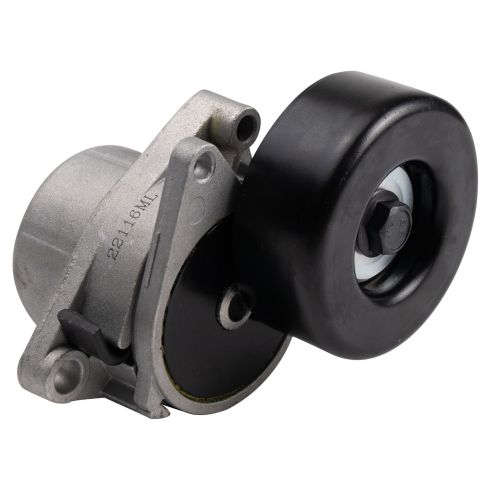1AEBT00147-Nissan Accessory Drive Belt Tensioner TRQ BPA03795

Replaces
2010 Nissan Sentra L4 2.5L Accessory Drive Belt Tensioner TRQ BPA03795

Frequently bought together
Product Reviews
Loading reviews
There are no reviews for this item.
Customer Q&A
Is the 2007 Nissan Altima 3.5L SE belt tensioner the same as 2.5L ?
July 13, 2023
10
No, this part will not fit the 3.5L. We currently do not carry the one you need.
July 14, 2023
Andra M
Does this Tensioner fit a 2005 Nissan Sentra 1.8 s ?
January 31, 2024
10
No, this part is specific to 2005 Nissan Sentra models equipped with a L4 2.5L engine and would not be compatible on models equipped with a 1.8L.
January 31, 2024
Jessica D
Does this tensioner fits a 2002 nissan sentra 1.8 ?
August 23, 2024
10
Currently, we do not carry this part for your vehicle. We're always updating our inventory so please check back soon!
August 23, 2024
Kemal S
Who manufactures this?
September 16, 2024
10
These are manufactured by TRQ. TRQ is a high quality, high-end name brand that we offer and back with our 1A Auto Limited Lifetime Warranty.
September 17, 2024
Emma F
Nissan is a registered trademark of Nissan Motor Co., Ltd. 1A Auto is not affiliated with or sponsored by Nissan or Nissan Motor Co., Ltd.
See all trademarks.











